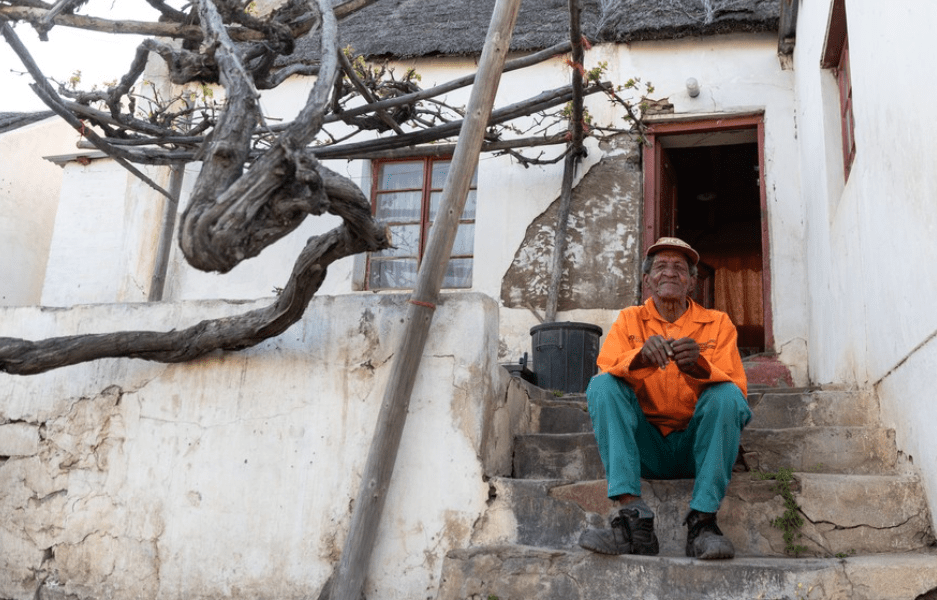
Eric van Rooy has lived in Wupperthal most of his life. (All images by Ashraf Hendricks)
Eric van Rooy is 69. He grew up within the little city of Wupperthal within the Western Cape, and has lived there most of his life.
He labored within the previous glove manufacturing unit for some time earlier than it closed down. Now, he works for the Group Work Programme (CWP), and fetches his previous age grant from Clanwilliam every month.
The CWP, a nationwide initiative geared toward offering a security internet to working individuals, solely employs about 47 individuals out of a inhabitants of about 7,400. However in a city the place jobs are scarce, it’s welcome.
The programme is managed and funded by the Nationwide Division of Cooperative Governance.
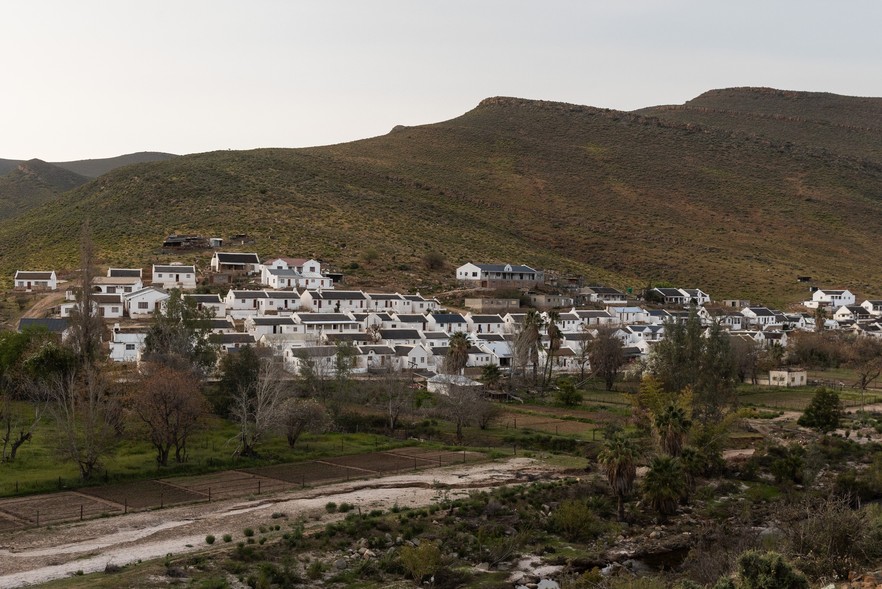
Based in 1830 as a Moravian church mission station, Wupperthal is the primary mission station for about 14 outpost villages scattered across the Cederberg mountain area.
The city is just accessible on a gravel street, a 70 km drive from Clanwilliam.
Each month van Rooy both pays R250 for transport to Clanwilliam or pays somebody R50 to gather his grant.
He says he used to battle however issues are extra “tranquil” now. He plans to retire subsequent 12 months.
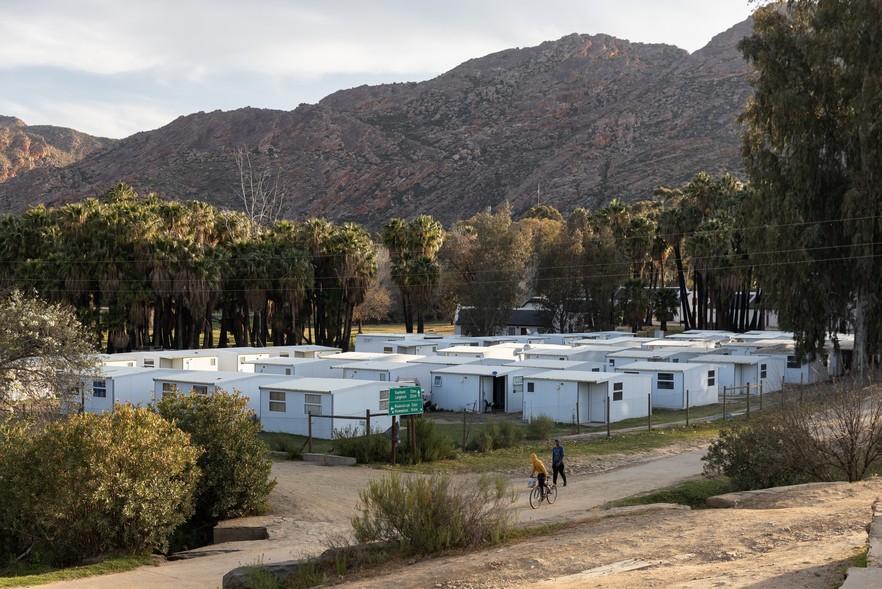
The CWP work alternatives within the Cederberg embrace Citrusdal and the close by Riverview Casual Settlement, Clanwilliam, Elands Bay, Graafwater, Lamberts Bay, and Wupperthal and its surrounds like Algeria.
“The work within the Cederberg Municipality is generally centered on cleansing and greening. Different types of work embrace, amongst others, the help of the native clinics, early childhood improvement services, and soup kitchens,” mentioned Wouter Kriel, spokesperson for Minister Anton Bredell of the Western Cape Native Authorities, Environmental Affairs and Improvement Planning.
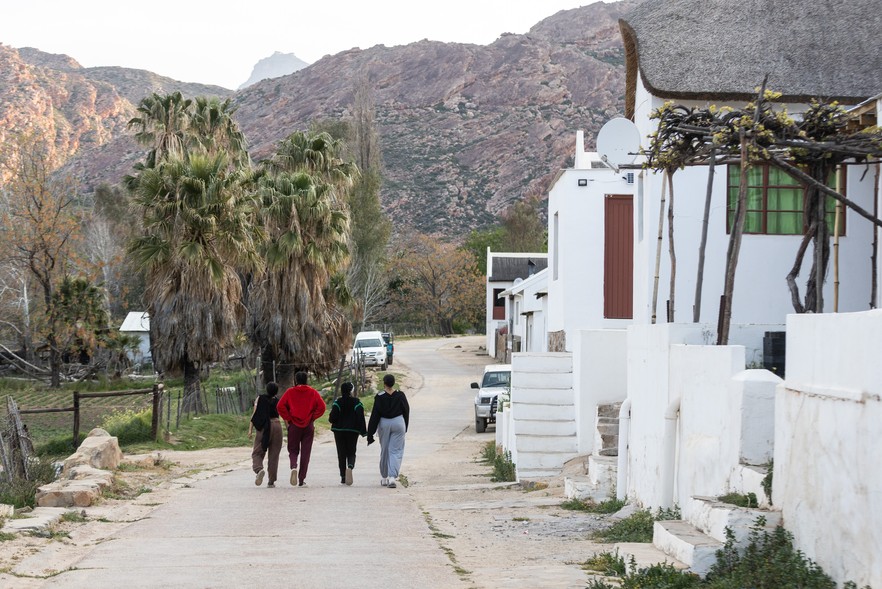
In keeping with the Cederberg municipality Built-in Improvement Plan (IDP) for 2024/25, in Wupperthal about 1,132 persons are depending on social grants. Of those, 433 are previous age grant beneficiaries.
The city additionally depends on small-scale farming, particularly rooibos, and likewise the historic shoe manufacturing unit producing “veldskoene”.
It’s recognisable by its white, thatched-roof historic buildings centred across the Moravian church. It additionally has a submit workplace, a small store, a neighborhood corridor, a major faculty, a clinic, a restaurant and locations to remain.
Wupperthal was devastated by a fireplace in December 2018 that destroyed over 50 homes and left 200 individuals homeless. They needed to be positioned in momentary homes.
Many homes and historic buildings have since been restored, together with Leipoldt Home, the neighborhood corridor, the “Winkelhuis”, the college hostel complicated, and the Palms Visitor Home.
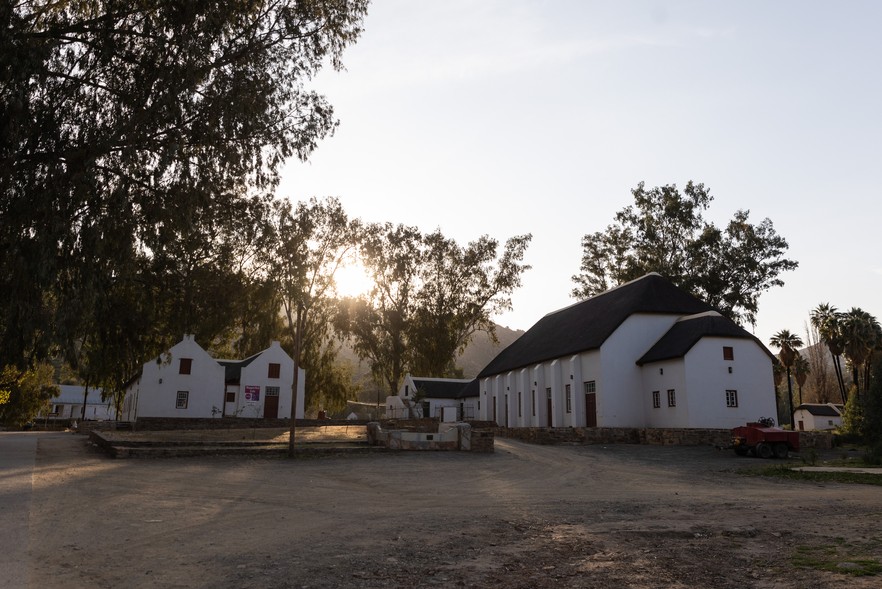
Kevin Valentyn, 58, additionally works for the CWP. He has lived in Wupperthal all of his life, and nonetheless lives in the home wherein he was born. He mentioned in the meanwhile there was little or no work within the city.
Heavy rains and flooding within the Cederberg in July utterly reduce the city off. Humanitarian assist needed to be despatched to the residents.
Valentyn mentioned the neighborhood vegetable gardens had been thriving earlier than the floods. “Then the storm got here and washed it away,” he mentioned.
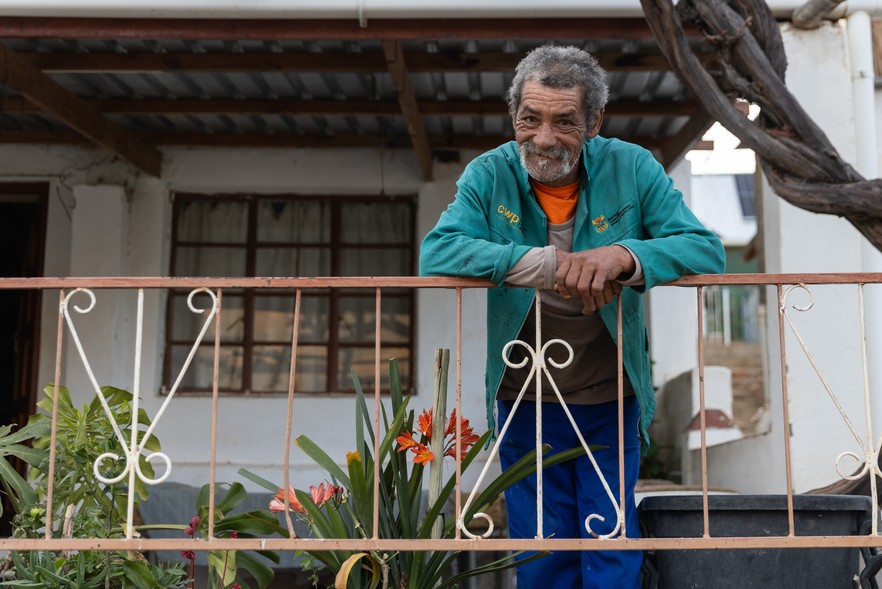
The city is rising in dimension, says van Rooy. “Extra homes are being constructed,” he mentioned. The inhabitants within the Cederberg is anticipated to develop yearly by about 1.4% over the subsequent few years.
Van Rooy says it’s a tranquil city to stay in and that Wupperthallers don’t “know” crime. You may sleep exterior in your stoep, he says. “Nobody will hassle you.”
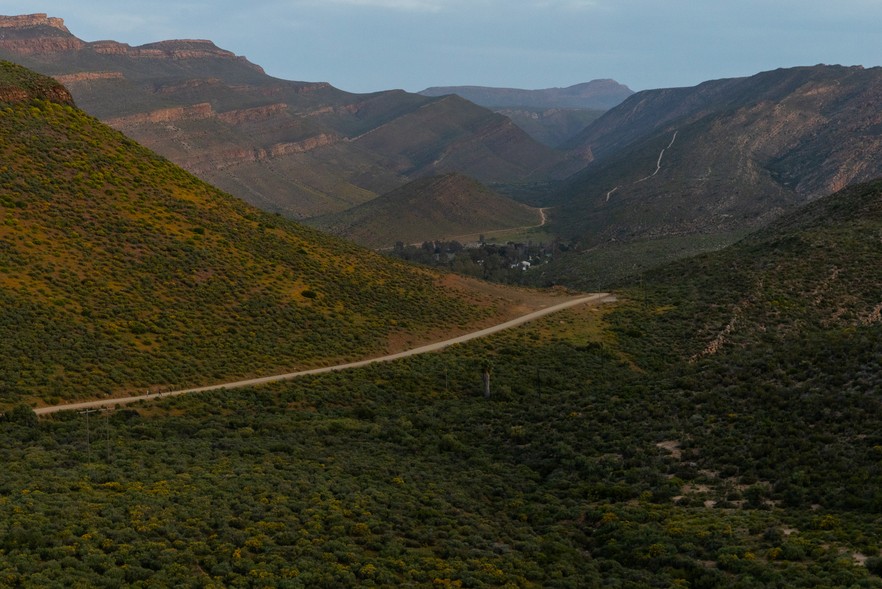
This text was first revealed by GroundUp.